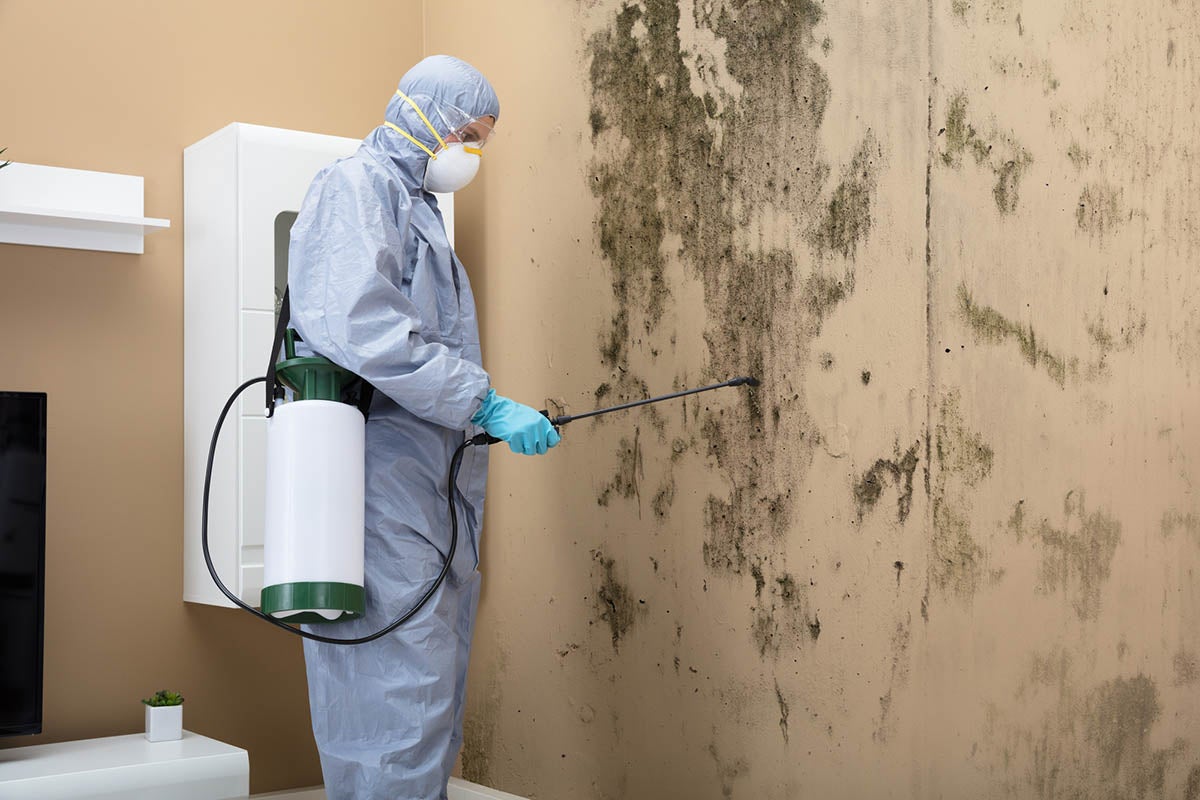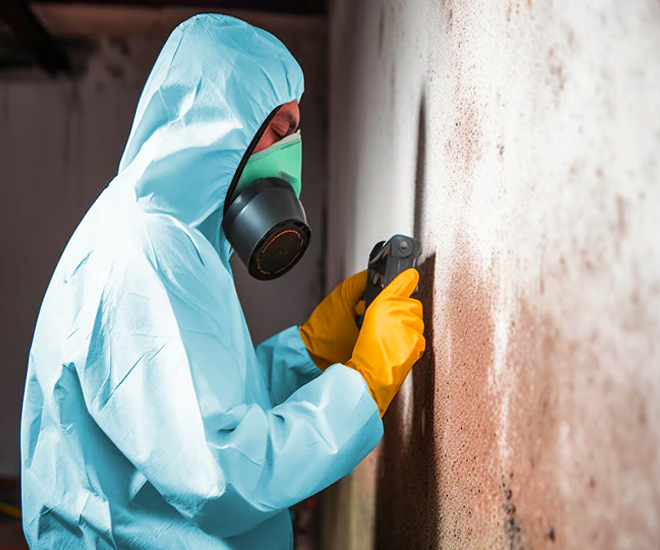Testing Air Quality After Mold Remediation
Testing Air Quality After Mold Remediation
Blog Article
Your Ultimate Overview to Blog Post Mold Remediation Techniques
In the consequences of mold and mildew problem, knowing exactly how to properly get rid of the mold and mildew and prevent its reoccurrence is vital for maintaining a healthy and balanced interior environment. From picking the appropriate cleaning and disinfecting approaches to applying strategies for lasting mold and mildew prevention, each step in the remediation trip plays a crucial function in making sure an effective end result.
Understanding Post-Mold Remediation Process
After completing the mold removal procedure, it is important to comprehend the post-mold remediation techniques that are necessary to guarantee a comprehensive and effective cleaning. As soon as the mold and mildew has actually been eliminated, the next step involves cleansing and sanitizing the influenced areas to protect against any type of regrowth of mold and mildew.
In addition, conducting a last examination post-remediation is essential to make sure that all mold has been successfully gotten rid of. If the inspection reveals any type of sticking around mold and mildew, additional remediation might be essential.
Reliable Cleaning Up and Sanitizing Methods

Protecting Against Future Mold Growth

Importance of Correct Ventilation
Proper air flow plays an essential function in stopping moisture build-up, a vital variable in mold and mildew growth within indoor atmospheres. Effective ventilation systems help get rid of excess moisture from the air, minimizing the opportunities of mold and mildew spores locating the dampness they need to germinate and spread out. Without appropriate ventilation, interior areas can become a reproduction ground for mold and mildew, causing prospective health risks and structural damages.
By guaranteeing correct air flow, air flow systems can likewise assist in drying wet areas faster after water damages or flooding occurrences, additionally deterring mold and mildew growth. what to do after mold remediation. In spaces like restrooms, cooking areas, cellars, and attics where wetness degrees often tend to be greater, mounting and preserving efficient ventilation systems is critical in avoiding mold invasions

Surveillance and Upkeep Tips
Provided the essential role that correct air flow plays in my website preventing mold growth, it is vital to establish efficient tracking and maintenance pointers to make sure the ongoing capability of air flow systems. Normal examinations of air flow systems should be performed to inspect for any type of indications of blockages, leaks, or breakdowns that can hamper proper air flow. Monitoring moisture degrees within the property is likewise essential, as high moisture can add to mold and mildew development. Setting up a hygrometer can aid track humidity levels and sharp homeowners to any kind of spikes that may need attention. Furthermore, ensuring that air filters are on a regular basis cleansed or replaced is important for preserving the performance of the ventilation system. Executing a timetable for regular maintenance tasks, such as air duct cleansing and HVAC system assessments, can aid prevent problems prior to they escalate. By staying alert and aggressive to the condition of air flow systems, building owners can effectively mitigate the danger of mold and mildew regrowth and preserve a healthy and balanced indoor atmosphere.
Final Thought
Finally, post-mold removal techniques are vital for ensuring a secure and clean environment. Understanding the process, implementing effective cleaning and disinfecting approaches, stopping future mold growth, keeping proper ventilation, and normal tracking are all important action in the remediation process. By following these standards, you can effectively get rid of mold and prevent its return, functioning or promoting a healthy living area for all residents.
In the aftermath of mold and mildew invasion, recognizing how to effectively eliminate the mold and avoid its reoccurrence is paramount for preserving a healthy and balanced interior environment. Once the mold has actually been removed, the next action entails cleaning and decontaminating the affected locations to protect against any regrowth of mold and mildew remove mold in ac vents - Post Mold Remediation Report. After getting rid of visible mold growth, it is critical to clean all surfaces in the afflicted location to remove any type of continuing to be mold and mildew spores. To even more improve mold and mildew avoidance measures, it is vital to resolve underlying concerns that initially led to mold and see here mildew development.Provided the crucial role that correct ventilation plays in avoiding mold growth, it is important to establish efficient tracking and upkeep suggestions to make sure the ongoing performance of ventilation systems
Report this page